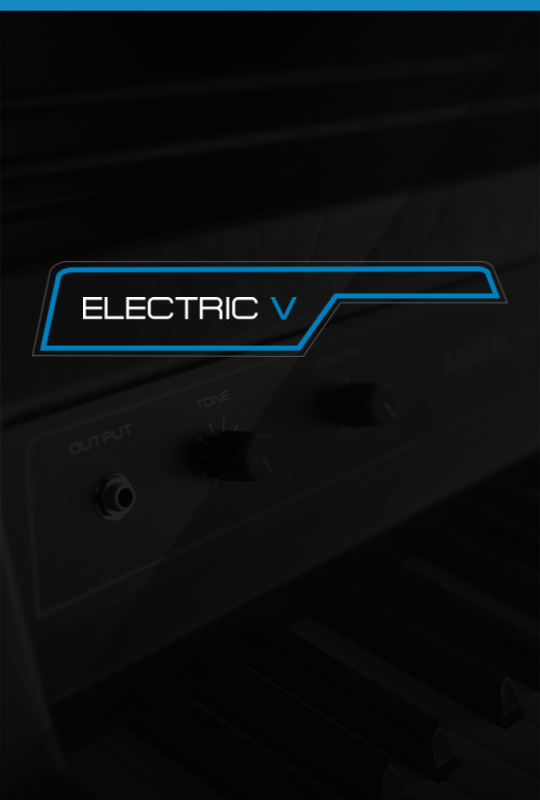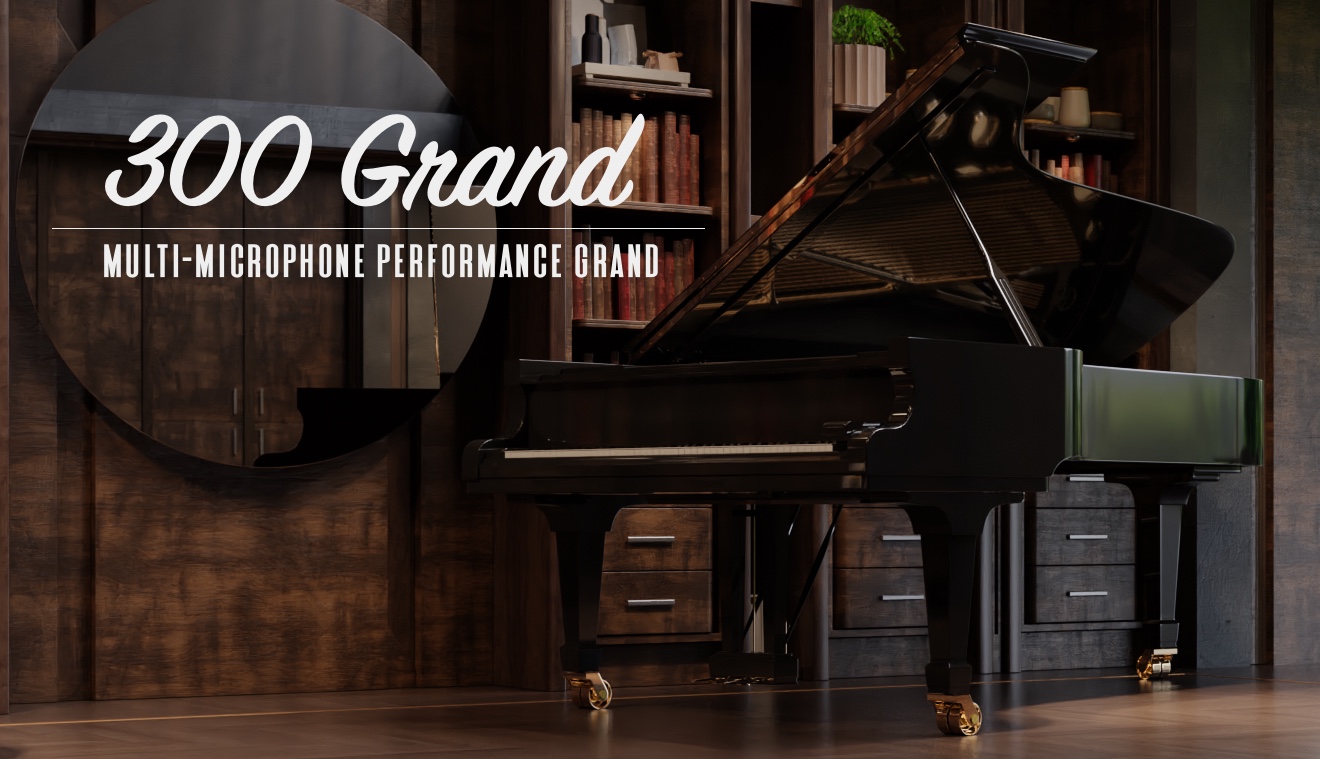Complex, noisy and plenty of midrange harmonics.
Complex… A piano can have upwards of 250 strings (compare that to a guitar that only has six). Every piano has a different frame for the strings that may cross strings, to save space, at different positions. This is especially true of upright pianos! The string placement can cause strings to interact with one another and cause sympathetic resonance where the energy from one string causes another string to vibrate. The sound can be quite different depending on pedalling as well.
Noisy… Pianos have performer noises: bench squeaks, fingers hitting keys, clothing movements, breathing, shoes on pedals, page turns etc.
Pianos also have plenty of mechanical noises such as the key mechanism going up and down, pedals going up and down including damper noises and don’t forget about the sound of the felt hammer hitting the string. These sounds can be picked up by certain microphones such as hammer mics and can be reduced by using other microphones that are away from such noise. These types of sounds tend to be removed from keyboard workstation piano sounds.
Midrange harmonics… A piano is not really a high frequency instrument, yet many enjoy the sound of a high frequency boost on piano recordings giving the illusion of clarity. Piano players may be more inclined to want to hear this as they are used to being close to the hammers while playing.
The larger the piano (seems counter intuitive), the less high frequency harmonics. Longer strings allow more of the lower harmonics to project. This is why some recording projects, particularly pop music, work best on smaller pianos. The sound may cut through a mix more with a smaller piano.
Most piano sample libraries try to get ultra-clean piano samples that minimize mechanical noise and can be processed (equalized) to bring up more apparent clarity in the piano sound. The result is usually a piano sound that sounds uniformly synthetic.
Clarity can come from placing microphones near the hammers instead of EQing. But this sound lacks body and warmth (from the lower harmonics) as the microphones are too close to the edge of the string. This would be like the sound of a microphone near the bridge of a guitar. Combining microphones from the inside of the piano can add that warmth back into the sound. Multi-mic piano sample libraries, such as the ones from Production Voices, allow this level of control.
Sometimes what we think a sound sounds like and what it actually sounds like can be two different things.







